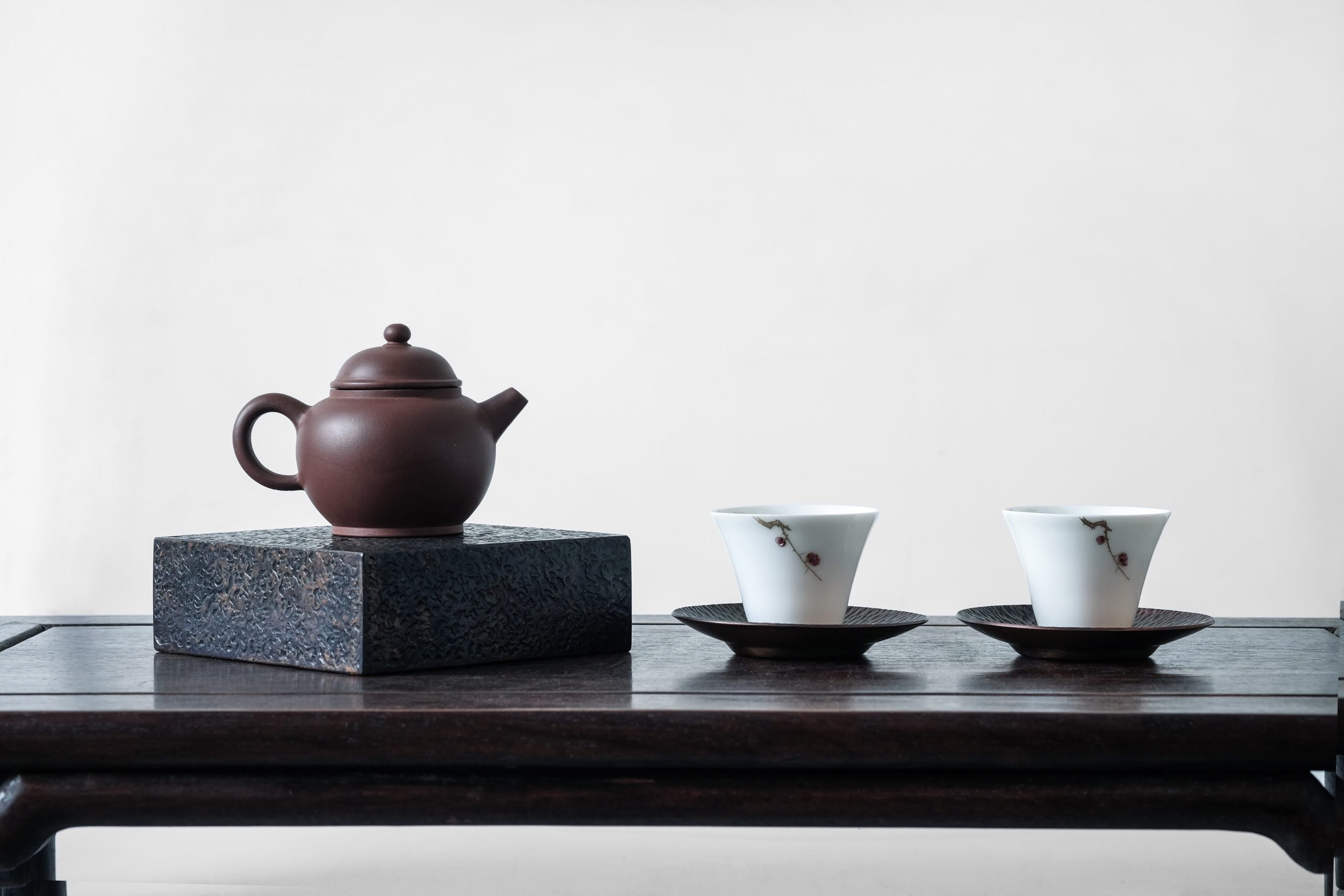Blogs » Non classifié(e) » Innovation, Surprise, Determination, and Competition: From the Birth of the Tea Clipper to the Tea Race
Innovation, Surprise, Determination, and Competition: From the Birth of the Tea Clipper to the Tea Race

The Tea Clipper Series, which began with the whiskey Cutty Sark, explores how the clipper ships, born in America, shocked Britain and eventually evolved into the competitive Tea Race. This article will outline this progression.
Previous articles in the Tea Clipper Series are as follows:
- The Relationship Between the Whiskey « Cutty Sark » and Tea
- Let’s Build a Big and Fast Ship for Tea! The « Clipper » Ship Born from Foolishness
The clipper ship « Clipper, » born from the foolishness of two Americans, was built. Between 1833 and 1849, trade liberalization, the signing of trade treaties between China and various countries, and the abolition of navigation laws led to rapid progress in free trade competition. This competition extended to the tea trade with China, which had previously been monopolized by Britain.
In 1850, the American-built « large and fast » tea clipper ship, the « Oriental, » departed from Hong Kong and arrived in Britain in half the time of the British ships, astonishing the British. The tea cargo of the « Oriental » was bought at double the price of the tea from British ships, and the shipowner demanded a freight rate that was two-thirds of the construction cost, which was also paid.
It was a moment when the British experienced the innovation that had occurred in the tea world and were astounded.

However, the British also had their pride. Consequently, British clipper ships were built, imitating the American clippers. As the number of tea clippers increased, the competition to transport tea from China to Britain quickly evolved into the « Tea Race. » True to British style, the Tea Race was accompanied by fan clubs, betting, and prize money.
The innovation in tea transportation was driven by eccentric ideas, open trade, pride, and money. The environment and energy surrounding tea in this era were incredibly dynamic.
Even when innovation thrives and reaches its peak, new innovations will eventually emerge. The dazzling era of tea clippers and the Tea Race would decline due to new innovations. In the next installment, we will introduce the new innovations and the decline of the tea clipper era.
References:
1) Isobuchi Takeshi, « The World History of a Cup of Tea, » Bungeishunju, August 2005, pages 103–107.
2) Beatrice Hohenegger, « Tea: The Drink that Changed the World, » translated by Noriyuki Hirata, Hakusuisha, February 2010, pages 170–173.





